Putting range hood wiring in a surface mount electrical box?
artemis78
12 years ago
Featured Answer
Comments (28)
petey_racer
12 years agoRon Natalie
12 years agoRelated Professionals
Three Lakes General Contractors · Deer Park General Contractors · Hayward General Contractors · Marinette General Contractors · Noblesville General Contractors · Spencer General Contractors · Tamarac General Contractors · Security-Widefield General Contractors · Fish Hawk Handyman · Alafaya Solar Energy Systems · Champlin Solar Energy Systems · Coto De Caza Solar Energy Systems · Milpitas Solar Energy Systems · Lewisville Home Automation & Home Media · West Elkridge Home Automation & Home Mediagroundrod
12 years agoartemis78
12 years agobrickeyee
12 years agoRon Natalie
12 years agoartemis78
12 years agobrickeyee
12 years agoartemis78
12 years agoartemis78
12 years agoionized_gw
12 years agopetey_racer
12 years agoartemis78
12 years agopetey_racer
12 years agobrickeyee
12 years agoartemis78
12 years agoartemis78
12 years agopetey_racer
12 years agoartemis78
12 years agoweedmeister
12 years agobrickeyee
12 years agoartemis78
12 years agoartemis78
12 years agopetey_racer
12 years agobrickeyee
12 years agotl45
12 years agoartemis78
12 years ago
Related Stories
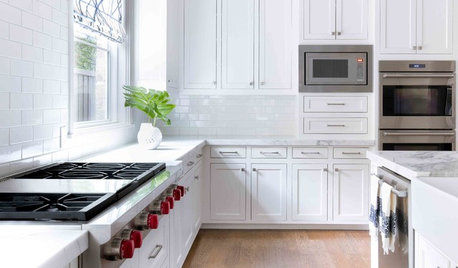
KITCHEN APPLIANCES9 Places to Put the Microwave in Your Kitchen
See the pros and cons of locating your microwave above, below and beyond the counter
Full Story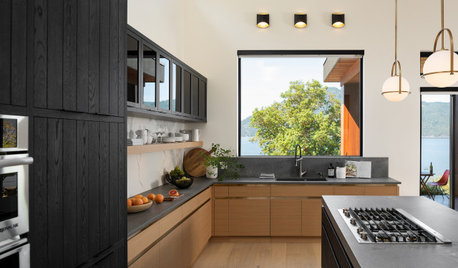
KITCHEN DESIGNWhere Should You Put the Kitchen Sink?
Facing a window or your guests? In a corner or near the dishwasher? Here’s how to find the right location for your sink
Full Story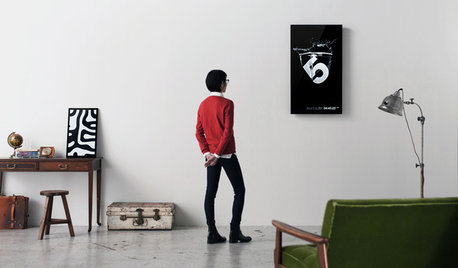
ARTNew Digital Art Frame Gets Put to the Test
Our writer sets up the EO1 at home, then invites artist friends over for a look — at images of their own work. See what they have to say
Full Story
DIY PROJECTSHide All Those Wires in a DIY Charging Station
Keep your gadgets handy and charged with a flexible storage board you can design yourself
Full Story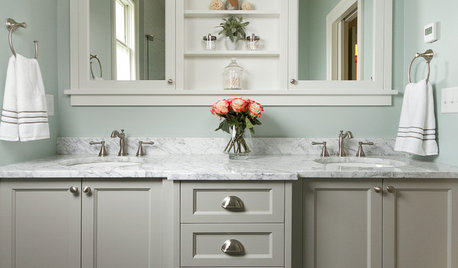
BATHROOM DESIGNShould You Get a Recessed or Wall-Mounted Medicine Cabinet?
Here’s what you need to know to pick the right bathroom medicine cabinet and get it installed
Full Story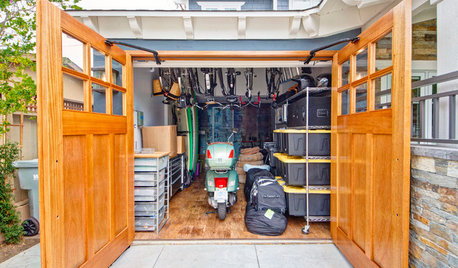
GARAGESHouzz Call: How Do You Put Your Garage to Work for Your Home?
Cars, storage, crafts, relaxing ... all of the above? Upload a photo of your garage and tell us how it performs as a workhorse
Full Story
FALL GARDENING5 Ways to Put Fall Leaves to Work in Your Garden
Improve your soil and yard the organic way with a valuable garden booster that grows on trees
Full Story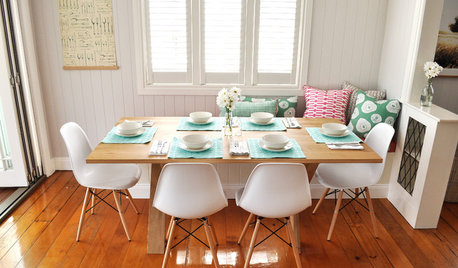
MOST POPULAR10 Strategies for Keeping Surfaces Clutter-Free
The universe wants your coffee table to become a clutter magnet — but you can fight back
Full Story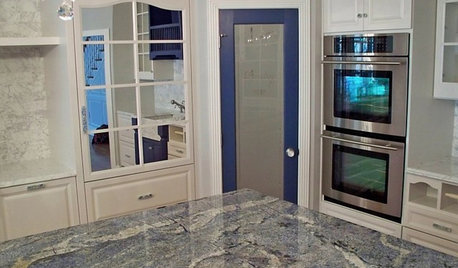
KITCHEN COUNTERTOPSKitchen Counters: Granite, Still a Go-to Surface Choice
Every slab of this natural stone is one of a kind — but there are things to watch for while you're admiring its unique beauty
Full Story
KITCHEN DESIGNWhat to Know When Choosing a Range Hood
Find out the types of kitchen range hoods available and the options for customized units
Full StoryMore Discussions










brickeyee